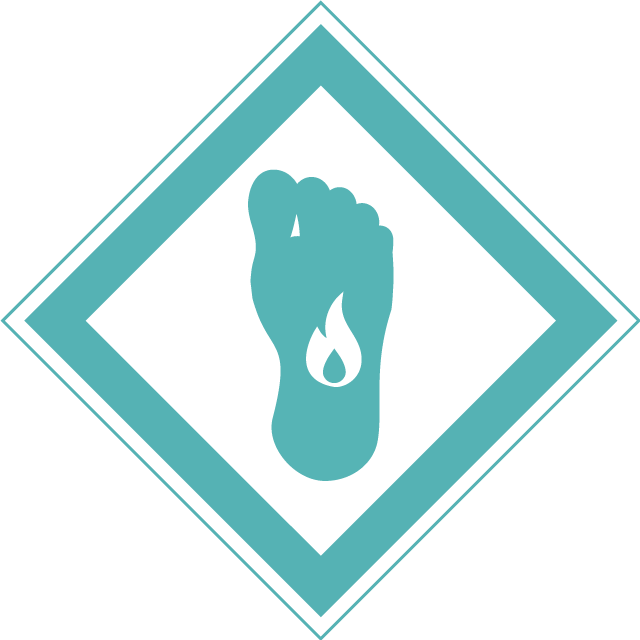PAD is a disease that causes restricted blood flow to your peripheral arteries—including your arms, legs, and feet. Often caused by atherosclerosis, or hardening and narrowing of the arteries, PAD can be worsened by things like smoking, poor diet, lack of exercise, age, genetics, diabetes, high blood pressure, and high cholesterol.
Having PAD increases your risk of cardiovascular complications such as a heart attack, stroke, and coronary heart disease. If left untreated, the advancement of PAD may result in amputation. That’s why it’s important to seek treatment if you suspect you have PAD and commit to living a healthy lifestyle.

Learn about what PAD is and how the narrowing of your arteries can affect your body.
Dr. Peña
Interventional Radiologist
Miami, FL
Learn about what PAD is and how the narrowing of your arteries can affect your body.
Dr. Peña
Interventional Radiologist
Miami, FL
What Plaque Buildup Looks Like
The first step in loving your limbs is learning about them. Blood vessels supply oxygen and nutrition to every part of your body, including your legs. When this flow is interrupted due to any number of causes, similar to a clogged pipeline, PAD can occur.
PAD causes arteries in the legs to become narrowed or clogged with deposits of plaque. The buildup of plaque causes the arteries to harden, which is called atherosclerosis. When leg arteries are clogged, blood flow is reduced. Total loss of circulation can cause serious symptoms, including gangrene that can lead to potential amputation.
Plaque buildup can progress over time, increasing the amount of blockage in the artery. Plaque can also trigger the formation of blood clots. A blood clot can further narrow an artery or clog it completely. If a blockage remains in the arteries, it can cause symptoms such as pain, ulcers, and difficulty walking.

See how plaque builds up.
See how plaque builds up.
Could I Have PAD?
PAD is often asymptomatic, meaning the disease does not produce or show any symptoms—at least in the early stages. Even if you’re not experiencing any symptoms, you could still have PAD. This is because your body creates small arteries that re-route blood around the affected vessel. But the body can only do so much, and over time, symptoms become more severe.
When symptoms do occur, they can often be mistaken for other conditions, or as part of the normal aging process. However, ignoring symptoms can lead to further complications. It’s important to see your physician if you believe you could have PAD so you can begin treatment and reduce your risk for complications.
Symptom Checker
While many people with PAD are asymptomatic, there are several common symptoms. Since every case is different, you may have a few or none of these symptoms. Common PAD symptoms may include:
Painful leg cramping
Numbness, weakness or heaviness
Resting leg pain
Cold feet or toes

Dry or discolored skin

Burning sensations or aching of feet and toes
Hair loss
Chronic sores
PAD Questionnaire
Managing your PAD can reduce your risk of serious complications, including amputation. If you suspect or were diagnosed with PAD, it’s time to start asking the right questions. Take the questionnaire below to your physician to help start the conversation.
